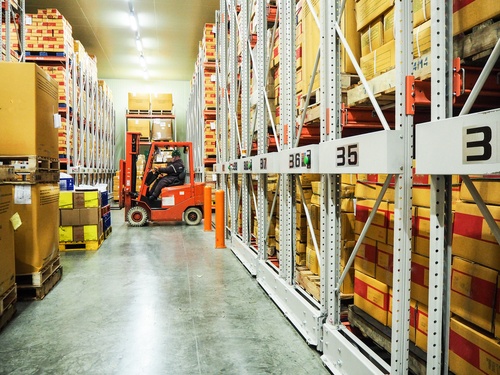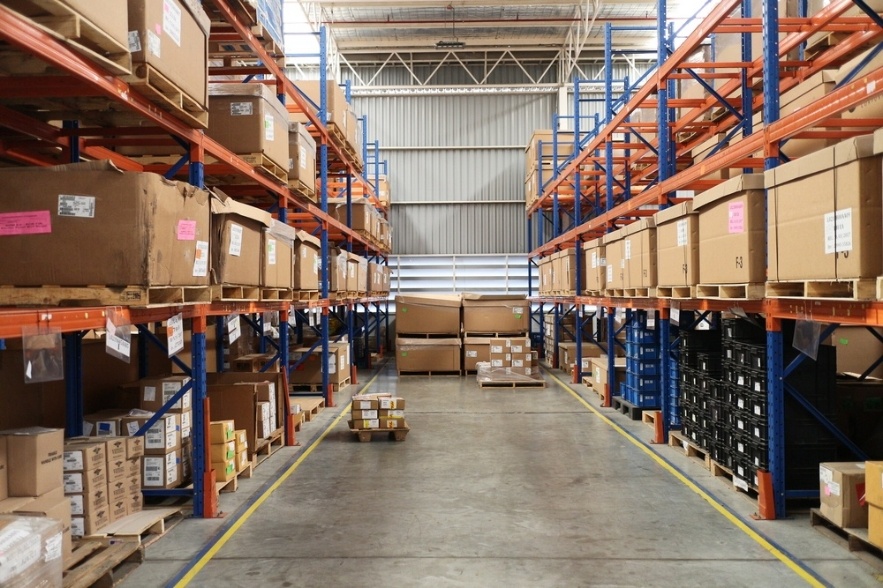When it comes to protecting your manufacturing facility and equipment from accidental damage and daily wear-and-tear, it's smarter to avoid myopic solutions. Though local steel barrier fabricators can provide an effective short-term damage and safety fix for your equipment, using steel for all of your preventative maintenance needs is no longer the most cost-effective or sustainable strategy.

Upgrading Your Protection to Complement Modern Advances and Manufacturing Needs
From a purely financial standpoint, steel barriers have shorter lifespans than modern protective solutions that combine the most effective materials with advances in engineering for better overall structural integrity. As you begin to update and modernize the equipment in your facility, it's likely that you'll also outgrow your traditional maintenance method.
Cutting-edge protective solutions combine the fortitude of steel with the flexibility of high-density polyethylene (HDPE), the impact-absorption properties of ethylene propylene diene monomer (EPDM) and the resistance of materials like Ductile Iron — for a more effective and enduring product.
What's more, there's increasing pressure on manufacturers to maintain a flexible warehouse design to accommodate fluctuating product demand and shifting project requirements. Compared to traditional steel protection, modern protective equipment is easier to move and more malleable to the needs of your facility (whereas steel protection is usually crafted for a specific machine or position and is unable to be easily transferred or changed to fit another need). That means if you're introducing a new product and need to make a layout change to your facility, you can do so without endangering the safety of your staff or integrity of your equipment.
Modern protective solutions are also more likely to be available exactly when you need them — new innovations in protective gear allow manufacturers to pick a product off the shelf and customize it on site, ensuring greater flexibility (and precise dimensional fit) and less delays due to long order-fulfillment timelines.
Ensure Consistent Product Quality
Another advantage of moving away from using a local steel fabricator is that you'll standardize production quality across your facility network. When your equipment is maintained and treated in the same manner at multiple locations, that means better product quality consistency across networks. Improved consistency ultimately engenders better brand recognition and product integrity as your business expands.
Where to begin
Focus on areas of your facility where protective and preventative maintenance is most influential — and has the most obvious ROI value. Your equipment fleet, for example, would be a prime example of an asset that would substantially benefit from preventative maintenance. As your manufacturing equipment is the key to the functionality and efficiency of your business, any machine downtime or delays will likely cost your company in a big way. Protecting and maintaining this equipment should be a paramount concern — as should fortifying any assets that ensures the safety of your staff and your facilities compliance with OSHA standards. Investing in products like pedestrian barriers and flexible crash-barriers, therefore, is a logical first step as your business transition away from using steel fabricators.




